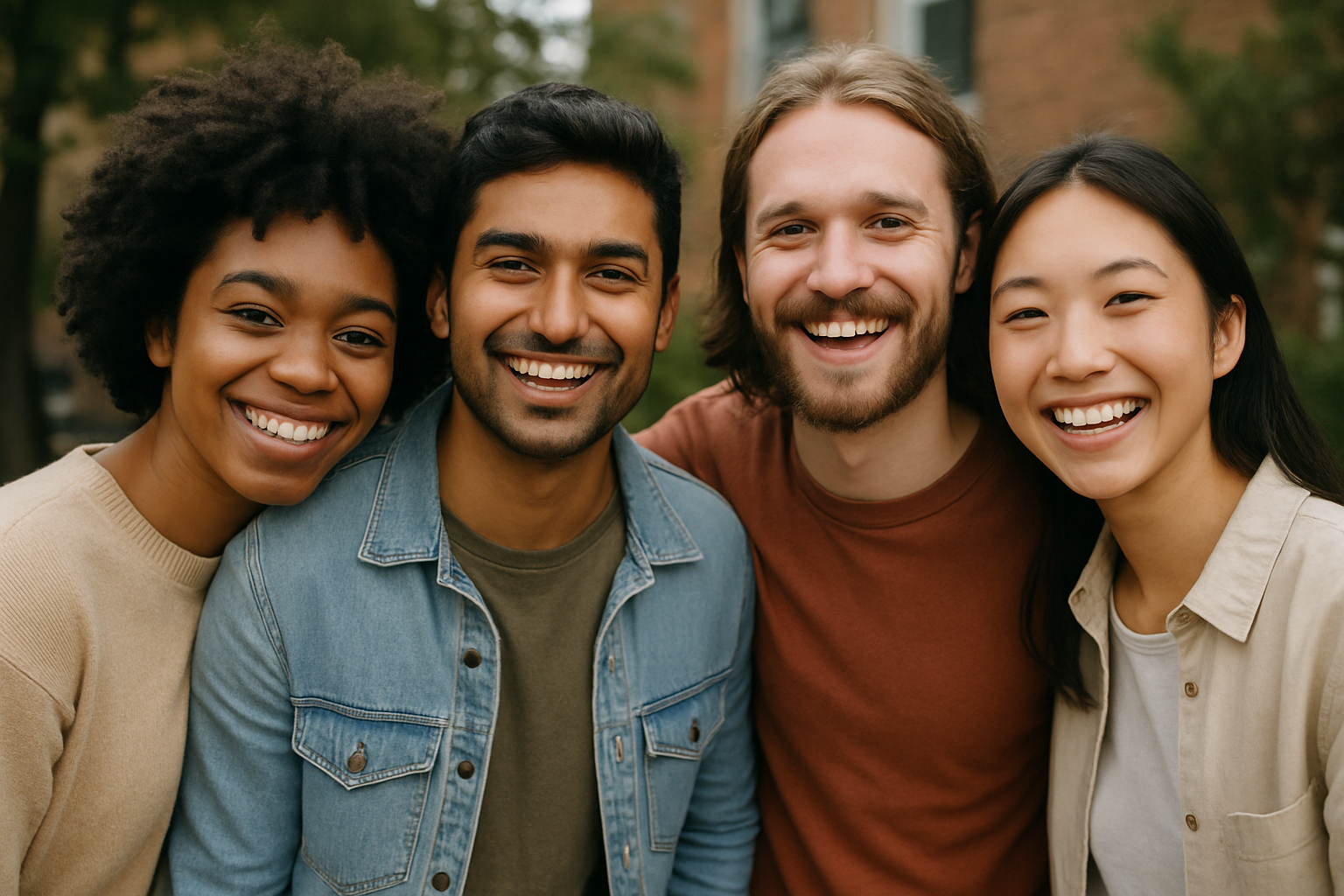When I used to think about racism, I pictured obvious acts — someone making a cruel comment or doing something openly hateful. Those moments were easy to see and call out for what they were. But over time, I’ve realized it’s not just about individual words or actions. Racism is woven into the fabric of our society — housing, schools, policies, even the justice system. It shows up in quiet, everyday ways that are just as damaging as the blatant ones.

I also used to believe racism was mostly about certain people being overtly hateful, while others simply weren’t racist. Now I see how much of it begins in our families and how we’re taught, often without realizing it, to see and categorize people. Some of those lessons were so subtle, I didn’t realize they were racist until years later. They felt normal because they were all I knew. These days, I’m intentional about rewiring my thinking, unlearning what I absorbed, and replacing it with truth. It’s not a quick process. It takes constant self-reflection, listening, reading, and having uncomfortable but necessary conversations.
Growing up in a white adoptive family, I assumed — and others often assumed — that because my parents had adopted children of color, they couldn’t possibly be racist. For years, race just wasn’t something I remember being talked about much. But in my teens, I began catching small remarks during movies with Black actors, especially if the storyline painted them as criminals. At the time, I brushed it off. Looking back, I see those comments for what they were — subtle but very real bias. I wanted to believe my parents didn’t hold prejudices. After all, they’d adopted two children from Ethiopia and two from Cambodia. But that belief was tested when I started dating my first husband, who was African American. Their reaction made it clear their hesitation was because of his race. They warned me about “Black culture,” describing it as broken homes, higher divorce rates, and unfaithfulness.
In some ways, my ex-husband’s background fit the stereotypes they feared — and sadly, his actions in our relationship only seemed to confirm their assumptions. He cheated on me multiple times, both before and after we married. That experience made it even harder for me to separate the harm caused by one individual from how I saw an entire group of people. I had to work hard to untangle my personal hurt from the broader, untrue narrative I’d been fed. Healing that part of my thinking has taken time. I’ve had to be deliberate about recognizing when prejudice is shaping my view, reminding myself that one person’s choices don’t define an entire race. Therapy, reading, and real conversations with people from all different backgrounds have helped me grow and see the bigger picture — including how deeply racism runs through our systems and histories.
About two years ago, I had two close friends who shared my faith but came from very different backgrounds — one African American, one from a mostly white upbringing. I’ve always identified as Asian American, even though I grew up in a white household, so our conversations about race were often lively and, sometimes, tense. One day we were talking about a movie where the main character — traditionally played by a white actor — was played by a Black actor instead. My African American friend and I saw it as a good thing, a step toward more diversity. Our white friend didn’t see it that way. She asked, “What if there was a movie about Martin Luther King Jr. and a white person played him? Black people would be furious.” She was genuinely upset and argued it was a double standard.
I think all three of us, in different ways, held some sort of racial biases we had to acknowledge. A lot of our frustrations with each other seemed to surface during the heightened political climate of Covid, George Floyd, and the Black Lives Matter movement. I can definitely say there were conversations I had with my white friend about those events that I didn’t agree with, but I’ve also learned you can’t lump an entire group of people into one category. That moment made our differences crystal clear. For me, it wasn’t just about the movie — it was about how she approached the whole idea of representation. And while she claimed to stand for equality, her response didn’t line up with that. When we tried to talk about it, she insisted she couldn’t be racist because she went to a diverse church, then turned the conversation on us, saying we — the two people of color — were the ones who needed more education.
It hurt — but it also made me realize something important: you can’t stay in friendships where racism is ignored or defended. Sometimes you have to set boundaries — and sometimes you have to walk away. Protecting your mental and emotional health matters, and so does aligning your relationships with your values. Looking back at these experiences, I’ve learned that racism isn’t always loud or obvious — it’s often buried deep in our systems and in everyday assumptions. I’ve also learned that going to a diverse church or adopting children of color doesn’t mean someone is free of bias. Confronting our own prejudices is uncomfortable, but it’s the only way to grow. And I’ve learned that boundaries aren’t just okay; they’re necessary when someone refuses to see their harmful behavior, let alone change it.
I’m still learning, and I imagine I always will be. But I know this: living out my faith means choosing love, humility, and equality in my relationships and in the world around me. That’s the kind of transformation that changes not just us, but the spaces we step into.
Leave a Reply